So who are these guys in this picture?Legendary author of The Creature from Jekyll Island”, researcher and film producer G. Edward Griffin, my good friend and founder of PollMole Dr.Richard Davis, (R.I.P.), Mad Max Mullen and oh a yeah, a much younger me, John Michael Chambers. This post, Trump, Money and the Fed lay the important groundwork and understanding for what President Trump has begun to take on.
Back in 2009 as the founder of the Save America Foundation a 501(c)(4), we held a large convention in Tampa, Florida sounding the alarm bells in our desperate individual and collective attempts to save America. fast forward. Donald Trump has blasted onto the scene. Some say he cannot handle the storm when in fact he is the storm. This really is a very important article. Please read on and share this post. People need to know to secure and expand our supportive base for President Trump for what lies ahead by end of Q1 2019, will be challenging.
The following has been excerpted and somewhat revised and edited from a book I wrote in 2014-2015 while in Belize and mostly in Thailand titled, “Misconceptions and Course Corrections”. Since Trump has begun taking on the Fed (Federal Reserve), I thought it would be good to gain a better understanding of what money actually is, who the Fed is, how they came to be and what it is that they have done. This is about to come to be challenged and changed forever beginning after in 2019. I will be writing about this historical event as it unfolds. It has already begun. But for those that need a better understanding of the Fed, I have resurrected this chapter. Here goes…
What is Money?
What is money? Money is an idea backed by confidence,which is used as a means of exchange, rather than say barter. Today we live in a debt based monetary system. Some say that money is the root of all evil; I disagree with this. There was a period of time many a moon ago where money did not exist, yet there was plenty of evil around. My best guess (I could be wrong), is that people who misuse life’s energy are the root of all evil, not money. Money is not evil and abundance is wonderful; there are evil people.
In this world it seems we have assigned power to money. It’s a pretty big agreement since everyone seems to be trying to acquire the stuff. So to that end, money is power in the sense that it is the means by which one can acquire tangible items, own things, have things,influence people and agendas, as well as affording perhaps better healthcare,better food, some things luxury, and all things essential to survival. Money allows one to participate in many things as well as to travel. The person with money can also take advantage of various opportunities to explore many new aspects and experiences in life than a person without money. Having said all that, money is still not the measure of the man (woman).
Money can’t buy contentment or happiness or love, but it can ease the experience of life and living if handled properly.There is nothing wrong with acquiring great wealth. It’s what you do with this great wealth that helps determine the character of the person. Some people, as we know, become very greedy and misuse the power that comes with having lots ofmoney, and this can be seen in many ways. Others put that money to good use,such as a quality home, education for children and young adults, trust accountsfor posterity, and many are philanthropic or charitable.
History, Digging in a Little Deeper
Presently and since 1944, the U.S. dollar is the world’s reserve currency, and this, coupled with a great change that is currently taking place which will affect every person on the planet (which we will discuss a bit further on), is why we must understand more about the U.S.dollar and the debt based monetary system.
Many Americans and people throughout the world believe that the Federal Reserve in the United States is part of the Federal government. Nothing could be further from the truth. The Federal Reserve is no more a government agency than Federal Express! Check this video at marker1:09. Even former Fed chairman AlanGreenspan agrees.Freedom to Fascism, in case you missed all those years ago, can be viewed here. An absolute must see.
It is imperative if you want to understand how the money system works that you procure a copy of “The Creature from Jekyll Island,” a second look at the Federal Reserve by the legendary author, researcher, and film producer, Mr. G.Edward Griffin. This book will outline in great detail the formation of the Federal Reserve System.Below is a summary.
1910
In November of 1910, on Jekyll Island,Georgia, seven men who represented directly or indirectly one fourth of the world’s wealth, met in secrecy for nine days. It is there, at this location,where the Charter of the Federal Reserve was drafted. The Federal Reserve is a privately held for profit corporation,a banking cartel. The main objective for a corporation is to make a profit, and they do indeed make a profit. Let’s take a brief stroll through history as we look into the formation of the Federal Reserve and the results of the Federal Reserve Charter that was enacted into law by the U.S. Congress in1913.
J.P. Morgan, Senator Nelson Aldrich, Piatt Andrews, Frank Vanderlip, Henry P. Davison, Paul Warburg, and Charles D.Norton arranged for hundreds of millions of dollars to be poured into the campaigns of the most powerful members of Congress. In 1912, they backed an obscure Princeton professor for President of the United States, Woodrow Wilson.He later became President.
The Coup’ of 1913
Late on Tuesday December 23, 1913, just days after the Christmas recess had commenced, a secret Senate vote was“arranged” with only a few Senators remaining in Washington D.C.The act passed with 43 voting “yea” and 25 voting “nay.” 27 did not vote since they had not been notified and had already left town to go home for the Holidays. All had previously expressed their opposition to the act. So on Dec 23, 1913, their plan worked by one of the most cunning manipulations in parliamentary history;Congress passed the Federal Reserve Act of 1913.In its charter, the act clearly states as its main objective: “To provide the action with a safer,more flexible, and more stable monetary and financial system.”
This means of a fractional reserve debt system controlled by a private for Profit Corporation has not worked out too well for the American people and thus the world to a greater or lesser extent.I mean we do not have a more stable monetary financial system at all.What we have is a debt based monetary system no longer backed by gold or silver. We have a currency that will soon be replaced as the world’s reserve currency. The Federal debt alone is $19 trillion dollars. It is mathematically impossible topay off this debt which will in a couple of short years will soon reach $22trillion and will make the U.S. situation look like Greece on steroids! Therefore “a safer, more flexible and more stable monetary and financial system” as set forth in this charter clearly has not worked out so well. And so by this means of fractional reserve banking,governments may secretly and unobserved, confiscate the wealth of the people and not one man in a million will detect the theft. This system of fractional reserve banking and the printing of all this fiat (now digital fiat) currency,is purely inflationary and the U.S. dollar has lost over 95% of its purchasing power since its inception.
1944 The Bretton Wooods Agreement
Another critical factor, which contributed to the rise of power in America, was the Bretton Woods agreement of1944. The Bretton Woods system of monetary management established the rules for commercial and financial relations among the world’s major industrial states in the mid-20th century. The BrettonWoods system was the first example of a fully negotiated monetary order intended to govern monetary relations among independent nation-states. It is through the Breton Woods agreement that the U.S. dollar became the world’s “reserve currency.
Preparing to rebuild the international economic system as World War II was still raging, 730 delegates from all 44 Allied nations gathered at the Mount Washington Hotel in Bretton Woods,New Hampshire, United States, for the United Nations Monetary and Financial Conference.
The delegates deliberated upon and signed the Bretton Woods Agreements during the first three weeks of July 1944. Setting up a system of rules, institutions, and procedures to regulate the international monetary system, the planners at the Bretton Woods Agreements during the first three weeks of July 1944. Setting up a system of rules, institutions, and procedures to regulate the international monetary system, the planners at Bretton Woods established the International Monetary Fund (IMF) and the International Bank for Reconstruction and Development (IBRD),which today is part of the World BankGroup. These organizations became operational in 1945 after a sufficient number of countries had ratified the agreement.
The chief features of the Bretton Woods system were an obligation for each country to adopt a monetary policy that maintained the exchange rate by tying its currency to the U.S. dollar and the ability of the IMF to bridge temporary payments. Simply stated, the power centers of the world met in Bretton Woods, New Hampshire and it was decided that international trade and settlements such as the purchase of oil for example, must be exchanged with the U.S. dollars. This meant that the central banks of these nations were required to have sufficient U.S. dollars.
As a result, the increasing global demand for the U.S. dollar continued and based on supply and demand this kept the dollar strong. Another reason for this decision in 1944 is due to the fact that up until that point in history, America’s currency was kept under control without runaway inflation as the U.S. dollar was backed by gold and silver and the trust and confidence in the US.Dollar was strong. Confidence is the critical underlying factor that keeps the financial structures and systems in place.Including confidence in the currency itself. In fact it can be stated that money is nothing more than an idea backed by confidence and a means to easily facilitate trade and keep order. What happens when this confidence is shattered?
1971 – The Nixon Shock
On August 15, 1971, the United States unilaterally terminated convertibility of the dollar to gold. As a result, the Bretton Woods system officially ended and the dollar became fully ‘fiat currency,’backed by nothing but the promise of the federal government. This action, referred to as the Nixon shock, created the situation in which the United States dollar became a reserve currency used by many states. From the1970’s and forward, Americans enjoyed what is considered to be a lavish lifestyle in comparison to most countries around the world.
Lesson from the Dustbin of History
“Give me control of a nation’s money supply, and I care not who makes its laws.”– Amschel Rothschild, Mayer and German banker. He was the founder of the Rothschild family international banking dynasty.
“The best way to destroy the capitalist system is to debauch its currency.” “The best way to crush the bourgeoisie (middle class), Is to grind between the millstones of taxation and inflation.” – Vladimir Lenin, Chairman of Russia’s Council of peoples Commissars 1917-1924
“By a continuing process of inflation,government can confiscate, secretly and unobserved, an important part of the wealth of their citizens.” –John MaynardKeynes, Fabian Socialist and father of Keynesian Economics
“The dirty little secret is that both houses of Congress are irrelevant. Both congress is now being run by Alan Greenspan (Ben Bernanke today) and the Federal Reserve and America’s foreign policy is now being run by the IMF. When the President decides to go to war he no longer needs a declaration of war Money in our current system is nothing more than debt, and we have lots of it!.“ – Robert Reich 22nd U.S.labor Secretary
“The government should create, issue, and circulate all the currency and credit needed to satisfy the spending power of the government and the buying power of the consumers. The privilege of creating and issuing money is not only prerogative of government, but it is the government’s greatest .” –President Abraham Lincoln
“If the American people ever allow private banks to control the issuance of their currency, first by inflation and then by deflation, the banks and corporations that will grow up around them will deprive the people of all their property until their children will wake up homeless on the continent their fathers conquered.” –President Thomas Jefferson
“Inflation has now been institutionalized at a fairly constant 5% per year. This has been determined to be the optimum level for generating the most causing public alarm. A 5% devaluation applies, not only to the money earned this year, but to all that is left over from previous years. At the end of the first year, a dollar is worth 95 cents.At the end of the second year, the 95cents is reduced again by 5%, leaving its worth at 90 cents, and so on. By the time a person has worked 20 years, the government will have confiscated 64%of every dollar he saved over those years. By the time he has worked 45 years,the hidden tax will be 90%. The government will take virtually everything a person saves over a lifetime.” – American Author, Researcher and Filmmaker, G. Edward Griffin
“I am a most unhappy man. I have unwittingly ruined my country. A great industrial nation is controlled by its system of credit. Our system of credit is concentrated. The growth of the nation, therefore, and all our activities are hands of a few men. We have come to be one of the worst ruled, one of the most completely controlled and dominated Governments in the civilized world no longer a Government by free opinion, no longer a Government by conviction and the vote of the majority, but a Government by the opinion and duress of a small group of dominant men.” – President Woodrow Wilson, aftersigning the Federal Reserve into existence
Money in our current system is nothing more than debt, and we have lots of it! Weeks away from http://usadebtclock.com/$22Trillion and that’s just the Federal debt alone!
Concluding Remarks
So the Federal Reserve, a private for profit baking cartel,comes to the table with no “skin in the game.” They unleash what is now digital fiat currency with no tangible backing or accountability into the banking system and this is then leveraged by Fractional Reserve Banking. The banks then can loan out these dollars (with a multiplier of 10 or 100 or more times the amount than they received from the Fed.), to other banks, to governments, corporations, and individuals and charge an interest rate. They typically own title for example, as in a mortgage or car loan. And when they decide to“reap the harvest,” they seize the assets when the consumer is unable to survive in a jobless inflationary climate (which they helped to create). They also fund both sides of all wars for huge profits as the innocent little children are laid in shallow graves and billed as nothing more than “collateraldamage”.
This subject of Fractional Reserve Banking is also defined in great detail in a simple to understand format in the DVD titled“ Money as Debt”
This Federal Reserve Act of 1913,although passed by congress, was in contradiction to the United States Constitution which in Article 1, Section 8, Phrase5. It clearly states the following regarding money that “ have power to coin money, regulate the Value thereof, and of foreign Coin, and fix the standard of weights and measures.“ This power was given to a private bank called the Federal Reserve in 1913. Congressman Charles A. Lindbergh Sr. back then said – “This Federal Reserve Act establishes the most gigantic trust on earth. When President Wilson signs this bill, the invisible government of the monetary power will be legalized. This is the worst legislative crime of the ages that has been perpetuated by this banking and currency bill. From now on, all depressions will be scientifically created.”
And since the inception of the Federal Reserve, the U.S. Dollar has lost over 97% of its purchasing power. I believe the U.S. Dollar may experience a false sense of stability for the short to near term as the Euro and other currencies falter and fail, but once the U.S. dollar loses its world reserve currency status (at least as we know it) as the global financial reset is now upon us just a few short months from now (It is December23, 2018 as I write today), Trump will make his move against the Fed. Watch for my article on this in the coming days.
2019 and Beyond
It is because of this power and control which money affords that you will come to realize why governments and banks around the world are moving towards a cashless society. That’s right, a cashless society. If governments can control your money they can control your life. There are more and more laws, rules, and regulations in the U.S., Europe,and many places around the world restricting the amount of cash you can withdraw from your own accounts. Banks are now beginning to charge negative interest to hold your money.
Pulling cash from your bank or excessive international bank wires in any amount over a few thousand dollars, the banks can report you to the government as a “suspicious person,” potential money launderer, or terrorist, and a series of such withdrawals can put you in violation of criminal structuring/money laundering regulations, with huge fines and jail sentences. The ultimate goal of the global socialists is to eliminate all cash on a global basis and force everyone on the planet into the computerized electronic banking/credit card system. Cryptocurrencies have gained much momentum (albeit very volatile).
This will eventually lead to the National ID card, then the Global ID card, and then the chip through injection. This is the ultimate control and this is the direction the world is presently heading.I recommend getting a copy of the McAlvany Intelligence Advisor report May 2015 titled “War on Cash”, orread more about this in my archived articles section under “financial”.
So What to Do About All This?
There will be quite the bloodbath in the stock, bond and real estate markets. In fact, this has just begun. Support President Trump. Stay the course. Awaken others. Turn off the fake news. It is poisoning your mind, thoughts and feeling world and making you miserable. Follow Q-There is a plan.Stay informed. Sign up to receive my weekly articles to your in box via this FREE RSS Feed.
Surveys indicate that people no longer trust the media for news, politicians for the truth, or that Wall Street has Main Street’s best interest in mind. The John Michael Chambers Report informs and empowers individuals in a changing world. Sign up. Be informed and empowered. Stay connected.
As to your personal finances? The time for action is now. While so many others will continue to operate in the deceitful and flawed modalities being advised by an industry they no longer trust, critical thinkers see the dangers and opportunities. But you must act. A great change is on the near term horizon. The time for action is now. You can survive and thrive through the battle that has just begun for global currency supremacy. Got questions? I can help. Contact me.
Video Commentary
Beginning 2019, I will be providing a short weekly commentary video reflecting on the state of affairs as they unfold weekly. There will be unprecedented events occurring in 2019 and 2020. We will make sense of the madness as Trump takes on the Fed and the Deep State. The first video will be launched here on January 6, 2019 and each Sunday thereafter. Until then, have a Merry Christmas!
See you soon!



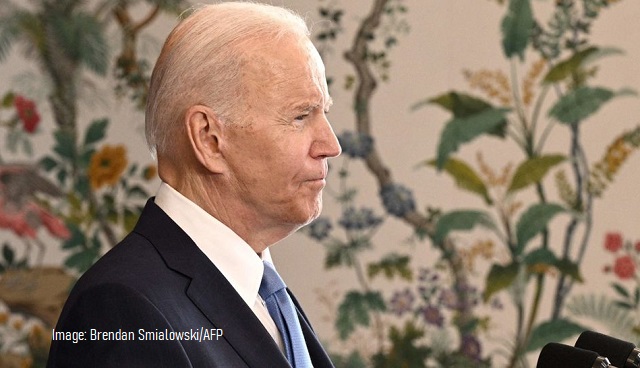
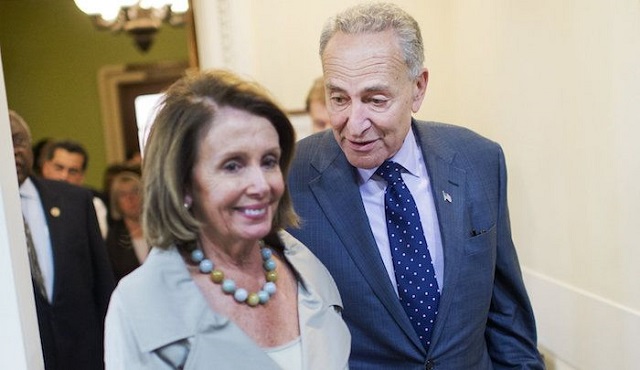
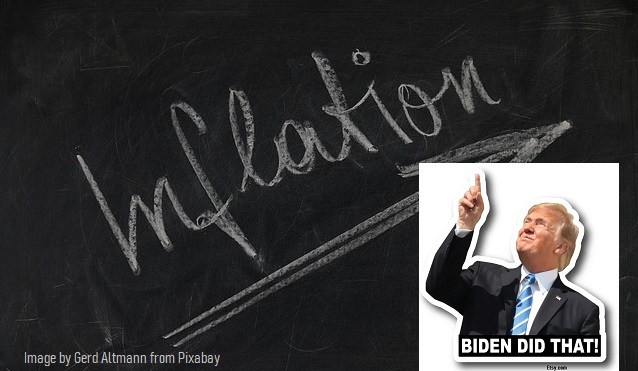
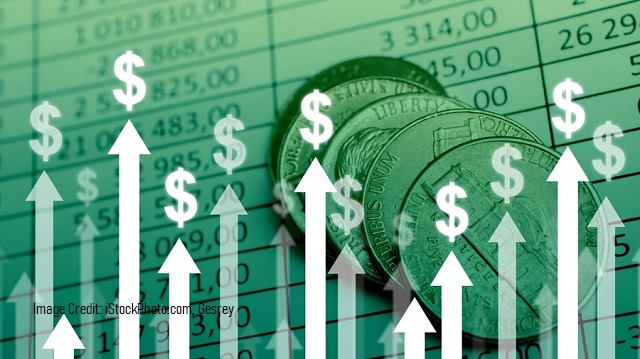

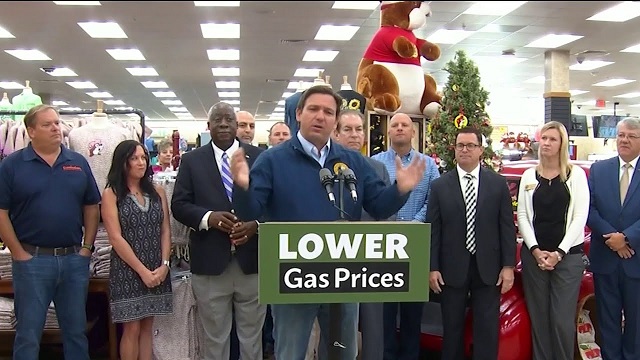
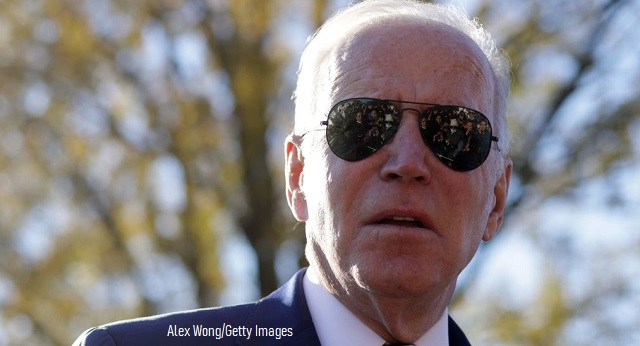

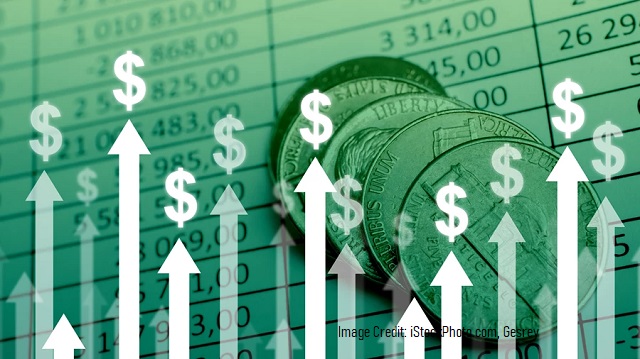
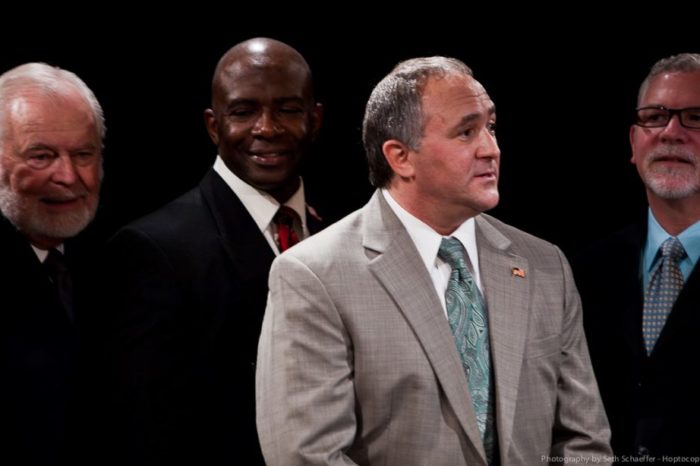





 Anthem says his father taught him “above all else” that true freedom can only be achieved once the world experiences a Hayekian choice in currency that technologies like bitcoin, HayekGold, and other virtual assets are wonderfully making a rapidly growing reality. I know Pop would be the most excited person in the world about all of these new technology developments enabling Austrian economics to flourish in a modern digital society.
Anthem says his father taught him “above all else” that true freedom can only be achieved once the world experiences a Hayekian choice in currency that technologies like bitcoin, HayekGold, and other virtual assets are wonderfully making a rapidly growing reality. I know Pop would be the most excited person in the world about all of these new technology developments enabling Austrian economics to flourish in a modern digital society.